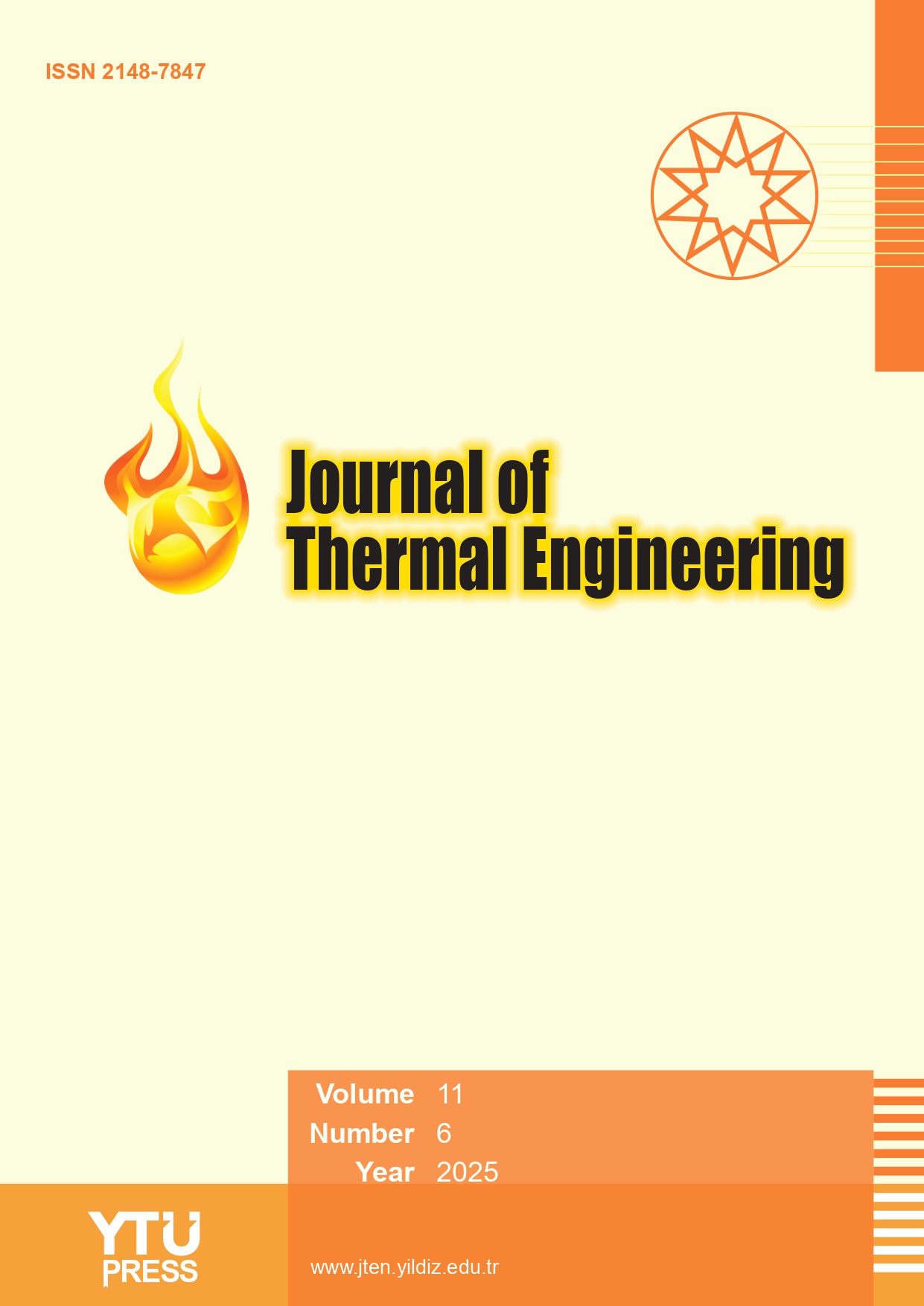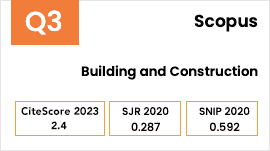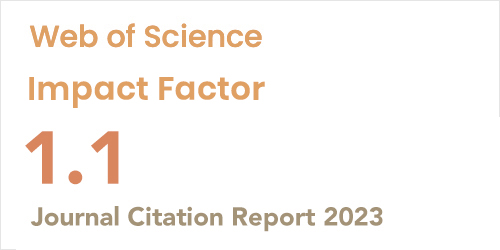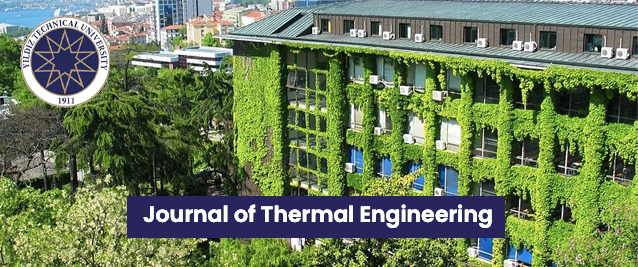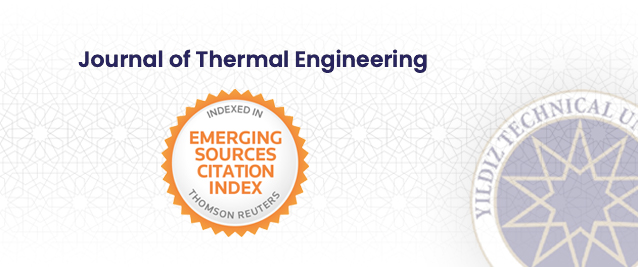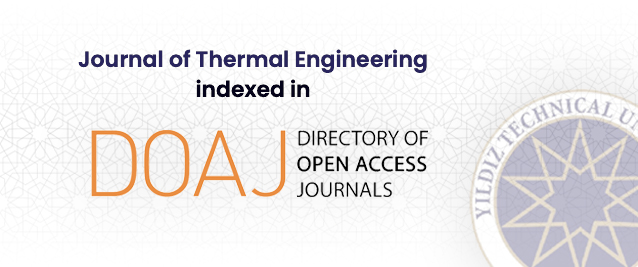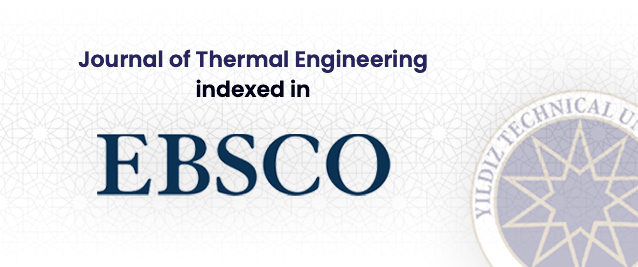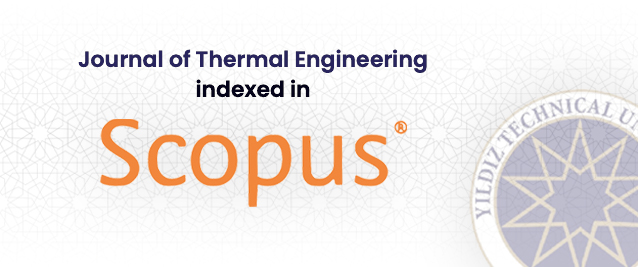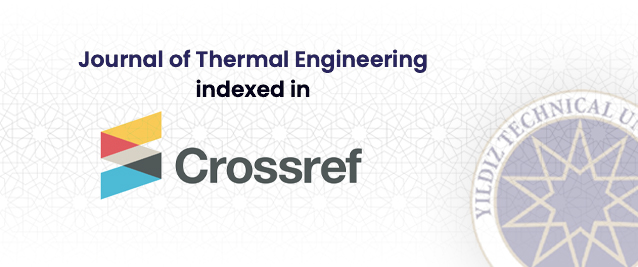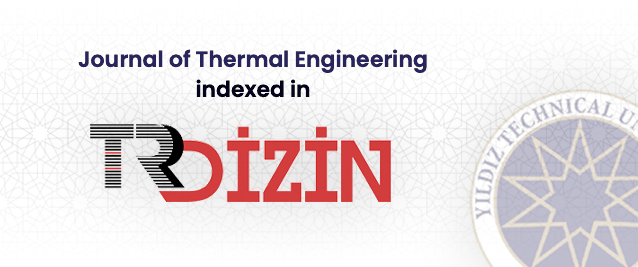2Micro and Nano Heat Transfer Lab, Centre for research in material science and thermal management, Division of Mechanical Engineering, Karunya Institute of Technology and Sciences, Karunya Nagar, Coimbatore, 641001, India
3Dr. M.G.R Govt. Arts and Science College for Women, Villupuram,605401, India
4Department of Chemistry, Mother Teresa Women’s University, Kodaikanal, 624101, Indıa
5Department of Biotechnology, Mother Teresa Women’s University, Kodaikanal, 624101, India
Abstract
High performance interface materials (TIMs) were developed using various nanoparticles and paraffin wax. An indigenous test set up was fabricated using aluminium heat sink and copper
plates as heating plate for measuring effective thermal contact resistance (Rth, eff) of prepared TIMs to evaluate their thermal performance. Chrome-Alumel thermocouples were used for measuring the temperature. Furthermore a relative study of effective thermal contact resis-tance of prepared (TIMs) was carried out to evaluate their performance. The nanoparticle
chosen for present distinctive study were SiO2, Al2O3, CuO, GO, rGO. The TIM samples were
synthesized by blending 6 wt% of assorted nanoparticles in 5 ml base fluid of paraffin wax. They were uniformly mixed using ultra sonicator to create a smooth and fine paste based TIM. The resulting paste (TIMs) was applied as an ultra-thin layer between the copper heater and aluminium sink of the indigenously designed and fabricated test rig. Power inputs for experiments were 25, 50 and 75W. Experimental studies were done at reduced pressure (RP) and full pressure (FP) applied by completely loosening and tightening the screws of the alu-
minium heat sink. . Addition of (SiO2, Al2O3, CuO, GO and rGO) nanoparticles to the base fluid paraffin wax significantly decreases the effctive thermal resistance to a large extent as the added nano parcticles helps in better heat conduction due to their enhanced total surface area leading to more effcetive heat evacuation. Enhanced results are observed at full pressure,
at reduced pressure drastic increment in (Rth, eff) occurs due to improper gap filling. These results significantly depicts the importance of bondline thickness in performance of TIM. Interestingly siliica based TIM gives the best performance of heat transference to ambience at
50 W power input (Rth, eff = 0.460C/W) and slightly becomes inferior to GO at higher power input. GO based TIM shows the best results at higher power of 75 W, its Rth, eff being 0.510C/W.


